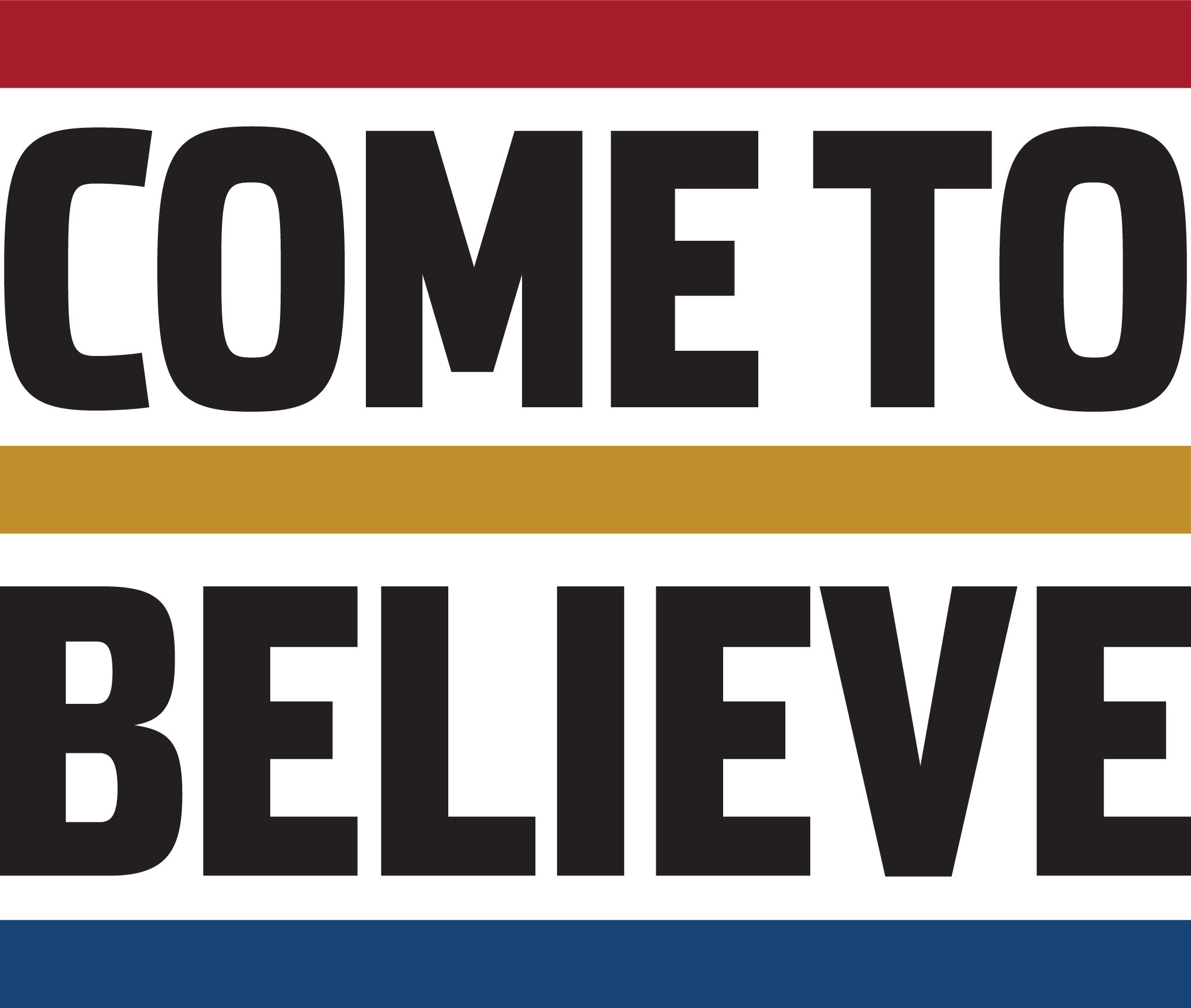Exploring Possibility: A Cross-Campus Journey through CTB’s Design Grant Program
From left to right: Montclair State University (NJ), St. John Fisher University (NY), and the University of the Incarnate Word (TX)
By Carlos Martinez, Assistant Director of Programs
For several days at the end of September and beginning of October, my colleague Sam Adams and I embarked on a multi-site trip to the three institutions currently participating in CTB’s design grant program. We visited Montclair State University in Montclair, NJ; St. John Fisher University in Rochester, NY; and The University of the Incarnate Word in San Antonio, TX. Each visit followed a common structure: a set of introductory conversations about CTB, the design grant program, and our two-year college model with a group of leaders from the institution, followed by tours of campus and conversations with student ambassadors. Together, these engagements left us with a sense of immense possibility and enthusiasm for the institutions in this year’s cohort and the work to come.
Setting the Stage: Introducing the Design Grant
In each meeting, we began with the same story: who we are, why CTB exists, and what the design grant process offers. We walked each institution’s design team–comprised of leaders from a cross-section of departments across campus–through our two-year college model and how it structures student support, how it weaves affordability and retention into its DNA, and how it aims to transform students’ educational opportunities.
We explained that the design grant represents more than funding: it is a partnership. As part of the process, CTB aims to provide a substantive learning and discernment experience followed by a customized feasibility study. We emphasized that our role is to collaborate, understand, and build upon each campus’s strengths, constraints, and opportunities.
What struck me in all three presentations was how quickly conversations turned not toward theory, but toward real trade-offs: how this would align with (or conflict with) existing structures, what new data would need to be gathered, which campus units would need to collaborate to make it feasible. These conversations represent precisely the kind of design thinking we hope to catalyze.
Walking the Grounds, Meeting with Students
After the presentations, we walked around each campus. At Montclair State, we walked around the leafy campus, which led us past clusters of students lounging between classes, passing by the really vibrant and lively student life which spoke to the energy and scale of the campus. At St. John Fisher, we enjoyed the tight-knit feeling of community and we got to see their newly renovated library! In San Antonio, the Incarnate Word campus is warm and inviting under the Texas sun (95 degrees Fahrenheit!), with green courtyards spread between academic buildings and student life zones.
During each tour, student ambassadors guided us around campus, sharing their personal stories: how they arrived at their institution, what supports have mattered most (academic advising, financial aid, social activities), and what they wished the university would do differently. These conversations grounded our visit in lived reality. One student at St. John Fisher told us that his passion for his institution and his community has helped him realize that his passion lies in connecting with others and how he aspires to realize this passion as a future businessman. At UIW, our guide described how the campus culture and student population really helped build community and allowed her to find a sense of belonging on campus. These candid reflections became fuel for our collaborative journey at these unique universities.
Reflections: What We Learned
At the end of each site visit, I found myself reflecting on both the promise and complexity of this work. A few themes stood out:
Context is everything. No two campuses look the same. Financial resources, institutional culture, governance structures, and student demographics vary widely. Our job is to understand and customize.
Relationships matter most. The staff, faculty, and students we met were curious, earnest, and excited for innovation. They also immediately recognized potential concerns or roadblocks. It is only through building trust–earned through listening, transparency, and humility–that we are able to work together to leverage strengths and address barriers.
Student voice is a north star. Repeatedly, students reminded us that the best planning must integrate their lived perspectives–not as afterthoughts, but as co-designers.
Looking Ahead: From Exploration to Planning
These visits depend on our excitement for what’s possible with the 2025-26 Design Grant cohort. As announced earlier this year, Montclair State, St. John Fisher, and UIW have received design grant funding from CTB. In the coming months, we will work alongside them through phases of inquiry, prototyping, and planning–with the goal that some may ultimately become full partner colleges in our CTB Network.
I left each campus energized –and mindful of how honored we are to be trusted with this work. The design grant is where dreams meet practical conditions, and that tension is where real innovation is born. Our role will be to stay curious, stay responsive, and help each institution imagine its own version of “better normal” in higher education.

